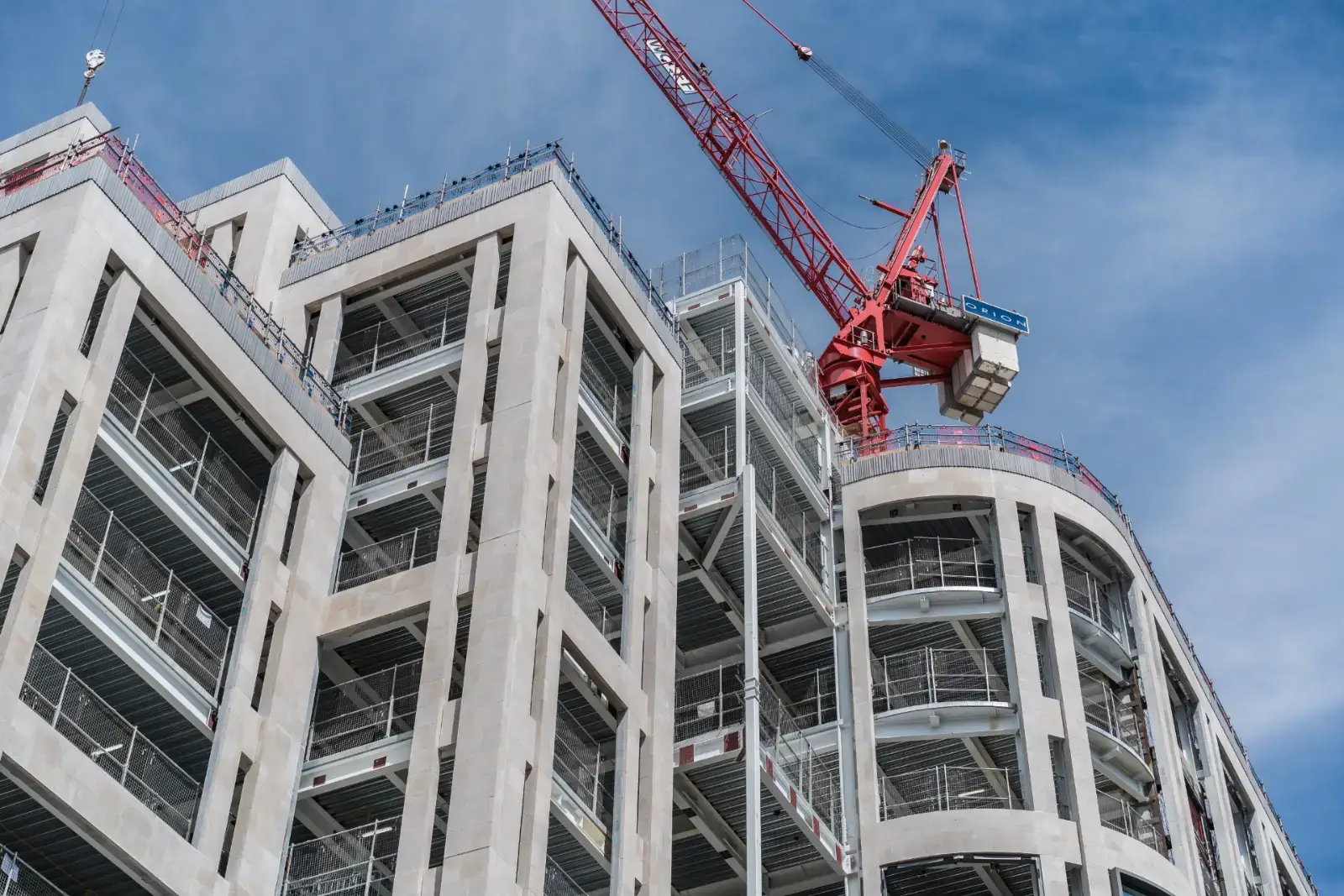On 8 July 2025, the High Court handed down its long-awaited judgment in Cooper & Powell v Ludgate House Ltd, a significant case for rights of light practitioners and developers alike. Although not considered by many to be a controversial decision, it does highlight the key issues facing the rights of light industry. With the case being relatively high-profile and reported in the mainstream media, this increased publicity actually heightens its impact—not because of the nature of the decision, but by advertising the potential sums which neighbouring owners could seek to claim against developments in their area.
What Are Rights of Light?
A right of light is a legal easement that gives a property owner the right to receive a certain amount of natural light through defined apertures (typically windows) across a neighbour’s land. If a new development blocks or significantly reduces this light to the extent that the space is no longer adequately lit for its ordinary use, the affected property owner may have a legal claim. Remedies can include an injunction preventing development or, more commonly in recent years, compensation.
Background
The claim was brought by two leaseholders at Bankside Lofts against Ludgate House Ltd (LHL) in respect of the Bankside Yards development. Although the main cause of light loss will be the Opus and Samson House towers, which are not yet built, the case targeted the Arbor building—a 19-storey commercial block—because it lacked effective s.203 protection, having been substantially constructed before the s.203 resolution was secured.
Section 203 of the Housing and Planning Act 2016 enables certain public bodies, such as local authorities, to override easements and other third-party rights (including rights of light) when land is either acquired or appropriated for planning purposes. Once triggered, s.203 converts what could otherwise be an injunctable interference (such as blocking a neighbouring property’s light) into a right to compensation instead. This allows development to proceed even where neighbouring property rights would otherwise prevent it.
Crucially, compensation under s.203 is assessed in accordance with compulsory purchase principles, meaning that it is typically based on the diminution in value of the affected property, not on a share of the developer’s profits.
Key Issues and Takeaways for Developers
CS1 v DS1 – The Legal Scenario for Light Assessment
The Court accepted that light lost due to parts of a development protected by s.203 cannot be considered in assessing residual light levels. This significantly alters how “sufficient light” is calculated and increases risk in areas where phased or piecemeal s.203 coverage exists.
- Implication: Developers cannot rely on overall site-wide light conditions if only some buildings are protected by s.203.
Waldrams endorsed over Radiance
This case brought into question the types of analysis should be used. The traditional Waldrams method was put against the newer Radiance analysis which is more commonly used in the planning context. Waldrams analysis is a technical method used to assess rights of light by measuring the amount of sky visible from a window and calculating whether a room receives adequate natural light. The analysis typically identifies the “50/50 contour” (the point at which half the room receives sufficient light) and determines whether a proposed development would cause a legal infringement.
While Radiance analysis was more sophisticated, the Court found the traditional Waldrams method more reliable and consistent. Radiance was described as “impressionistic” and too open to subjective interpretation.
- Implication: Stick with Waldrams for risk assessments; it’s still the industry and judicial standard.
No Injunction – But Significant Damages
An injunction was refused, partly because the Court accepted that Arbor would likely be rebuilt with s.203 protection if demolished, and demolition would be environmentally and commercially disproportionate.
- Implication: Proceeding with risk is not reckless per se, but developers must document their decision-making and prioritise early engagement with neighbours.
Negotiation Damages – Developers Should Expect to Share Gain
The Court awarded £850,000 in total to the Claimants as negotiating damages—far more than the assessed diminution in value. Final awards were £500,000 to the Powells and £350,000 to Mr Cooper, compared with the diminution in value calculations argued by the Defendants which, if accepted by the Court, would have been £60k and £20k respectively.
- Implication: Expect future claims to pursue a share of development profit. Credible injunction threats will increase leverage in negotiations.
Conclusion: More Risk, Higher Stakes
While LHL ultimately avoided an injunction, Cooper & Powell is a clear warning to developers operating without the protection of s.203. The judgment confirms that in such scenarios, affected neighbours may pursue substantial negotiating damages framed not around a simple diminution in property value, but around a share of the developer’s gain.
In schemes where s.203 is not available or has not yet been secured, this increases the likelihood of:
- Rights of light claims being actively pursued;
- Demands being framed as a share of development profit, rather than a notional loss in property value;
- Longer, riskier negotiations with multiple parties; and
- Greater uncertainty in project appraisals and insurance coverage.
Developers without s.203 protection should anticipate more aggressive negotiation strategies from neighbours, particularly where large-scale profit gains are apparent. This case marks a shift toward treating rights of light as leverage for profit participation rather than simply as a compensable nuisance.
We now await the response of the insurance market not just to the judgment itself, but to how neighbours behave in its wake. While not legally groundbreaking, the judgment is likely to embolden neighbouring owners who will now have a clearer sense of just how much might be at stake.
If you’d like to know more, please contact the author.
Enquiries relating to s203 of Housing & Planning Act should be referred to Alex Woolcott.



